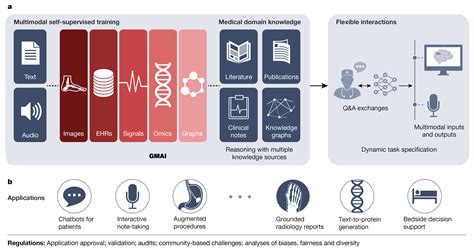How generatic ai revolutionize NFT landscape
In recent years, the world of unreleased beam (NFTS) has been innovation, artists, musicians and collectors who require owning unique digital collectible products. However, one technology that is quietly disturbing the landscape is generative oh. Generative AI is a revolutionary creating new art styles to create complex sound patterns, the generative AI revolutionizes the way NFTs are created, traded and consumed.
What is generative ai?
Generative AI refers to the class of machine learning algorithms that can create new information, images, music or text based on existing information troops learned patterns and styles. These models use complex nerve networks to analyze large amounts of data, identifying the patterns and repeating them in new ways. In connection with NFT, the generative AI is used to create unique, unique digital works of art that are not just copies of an existing work.
How does generative AI revolutionize the NFT landscape?
- New forms of art : Generative AI gives artists the opportunity to try new styles and techniques in ways they never thought possible. By analyzing huge amounts of data, the generative AI can produce completely new forms of art that used to be incomprehensible.
- Increased diversity : Traditional art forms are limited by the number of unique pieces that can be created on a certain schedule. Generative AI gives artists more flexibility to create an infinite amount of different and complex works of art without exhausting their creative resources.
- New Business Models : Generative AI’s rise in NFT has enabled new business models, such as “generative” NFT creation, sold at auction or licensed artists. This changes the way we think of ownership and value in the digital kingdom.
- Increased Authenticity : Generative AI can create unique works of art that are inseparable from the original man, but still have a certain authenticity. This has raised questions about the nature of ownership and writing in NFT mode.
Examples of Generative AI in action
- DALL-E
: The popular generative AI model used by artists to create new images based on feed prompts. The results can be amazingly realistic, and some songs sell thousands of dollars.
- Artbreeder : Online platform that allows users to combine different elements of art and create new, unique pieces. Users can also participate in competitions and introduce their creations on the platform.
- Ganbreeder

: The generative AI model used by music producers to create unique sounds and patterns.
The future of NFT with a generative AI
As the generative AI evolves, we can expect this technology to see even more interesting applications in the NFT world. Some of the possible trends to be viewed are:
- More complex art forms : Generative AI is able to create complex patterns and textures that it would be difficult for people to create using traditional art forms.
- Increased collaboration : As generative AI becomes easier, it is likely that we will see increased collaboration between artists, musicians and technology to create new and innovative works of art.
- New Business Models : The rise of Generative AI already interferes with traditional business models in NFT, and some artists and collectors use AI’s NFT as a means of increasing their value and scarcity.
conclusion
Generative AI revolutionizes the world of NFT by enabling new forms of art, increasing diversity, opening new business models, and raising questions about authenticity and ownership. As this technology continues to develop, we can expect to see even more interesting applications in the future.